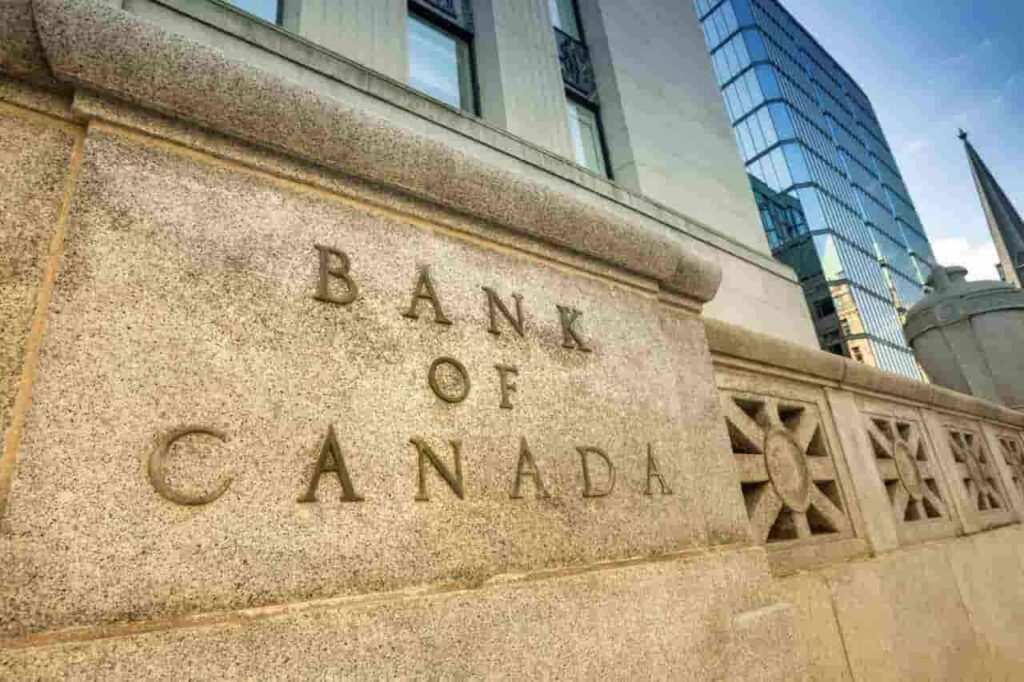The Bank of Canada’s Governor Tiff Macklem recently addressed mounting concerns about housing affordability and the potential increase in capital gains tax rates in Canada.
Macklem emphasized that these issues have placed considerable stress on the financial system, and the resulting consequences are beginning to emerge.
During the launch of the central bank’s annual Financial Stability Report on May 9, Governor Macklem highlighted potential catalysts that could lead to significant fallout within the financial system.
Rising mortgages and credit card debts raise concerns
Interest rates have reached a 23-year peak in Canada, prompting the bank to closely monitor the ability of both institutions and households to manage their debts, alongside assessing asset valuations, which appear to be overstretched.
With most Canadian mortgages having a five-year term, there’s concern about the impact of higher rates when households start renewing their mortgages. Additionally, there’s growing stress among renters and increased arrears on credit cards and auto loans for households without mortgages.
Over the past year, the proportion of borrowers without mortgages carrying credit card balances exceeding 80%—indicating a higher likelihood of future missed payments—has risen to 23%.
The report highlights that elevated debt-servicing costs limit financial flexibility for households and businesses, rendering them more susceptible to economic downturns. By the end of 2023, over one-third of new mortgages had a mortgage debt service ratio exceeding 25%, double the proportion seen in 2019.
Rate cuts could make the situation worse
Before the report’s release, money markets predicted a 60% chance of a rate cut in June, with certainty of a reduction in July. Governor Macklem hinted at potential rate cuts last week but didn’t provide a timetable.
The report warned of significant price corrections if rate expectations or economic prospects change suddenly. It emphasized that inflated asset values might not reflect actual economic risks, increasing the potential for disorderly price adjustments.
Additionally, the report noted a growing focus among people and businesses on central bank rate cuts, driving a renewed appetite for risk as a cause for concern.









